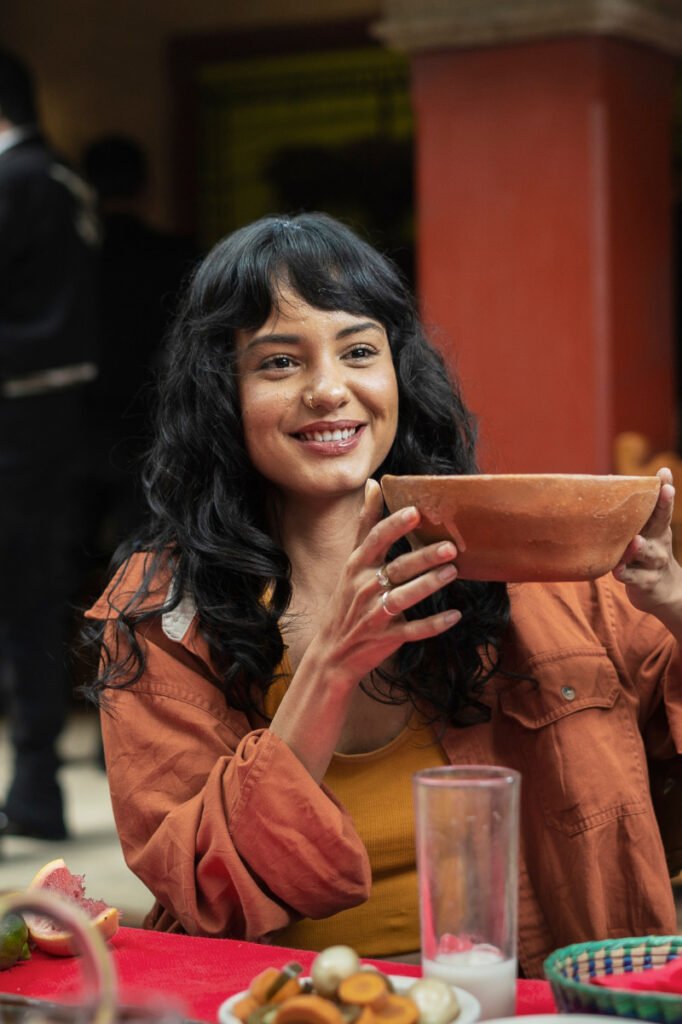Food makes India a popular tourist spot is its delicious cuisine. Nearly every state has its food culture, and each is often unique and delicious. Each traditional Indian dish has the smell of its state’s culture, hospitality, and what it grows most around its region. India is known to be diverse, and Indian food diversity also contributes to that. Overall, it is the six seasons affair in the country that contributes to the variety of its food culture.
It is quite a challenge to summarise the splendor of traditional Indian cuisine. But we can say that we Indian love spicy food. It plays a central part in almost every famous Indian cuisine because street foods are an inseparable part of the life of every Indian. Even history played a significant role in cultivating different food habits in India. Samosa is not from India; it is actually from the Middle East. Then hot selling Food menu on Zomato and Swiggy: Biryani originated from Persia, not India. Historical events like foreign invasion and colonialism have also introduced a new food to our cuisine.
As we are talking about Indian food diversity, let’s learn about popular foods of different states –

1. Pav bhaji, Maharashtra
Pav bhaji is the most popular food in Maharashtra. Even Five-star restaurants can never serve that authentic taste of Pav Bhajji. The best Pav Bhajji you will find only in Maharashtra by locals there.
Both spicy and mellow meals have a long cultural heritage in Mumbai. Foods created in Mumbai often receive regional adaptations around the nation and the state, and numerous Indian snacks also take inspiration from this city. Pav bhaji is a complete vegetarian snack made of potatoes and other vegetables.
The original pav bhaji, also known as bhaji pav, appeared in the middle of the nineteenth century to feed textile mill workers throughout their shifts. It was a quick, affordable mid-day meal that provided enough carbohydrates to sustain workers until dinner.
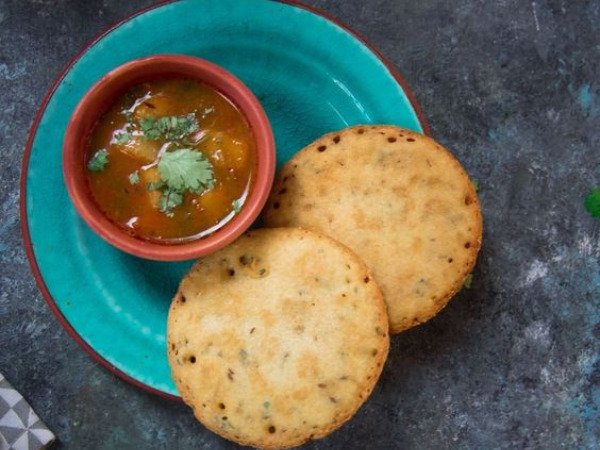
2. Dhuska, Jharkhand
In Jharkhand, dhuska is the most widely consumed food. People have Dhuska for breakfast, typically made from a batter of rice and lentils, fried later. Traditionally, you eat Dhuska with ghugni, a straightforward curry prepared with black chickpeas and potatoes.
This salty fried bread dish’s primary components are powdered rice, chana dal, and occasionally cooked potatoes.
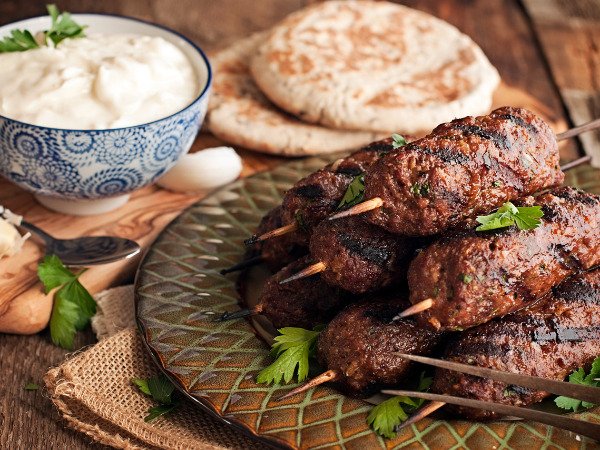
3. Kebabs, Uttar Pradesh
One can’t help but think about Lucknow’s mouthwatering cuisine when thinking of the city. Among these, the galawati kababs may have established themselves in restaurants throughout India.
It is understandable why the kebab virtually melts in your mouth when you bite into it by the meaning of galawati, i.e., ‘that which melts in the mouth One of the elderly Nawab.’ Wajid Ali Shah used to adore these kebabs. He admired the food so much that when he aged and started losing his teeth, he asked the cooks, or khansamas, to experiment with various kebab-cooking techniques and come up with something that would make it easier for him to chew meat. The Nawab’s teeth fell out, but he still loved kebabs.
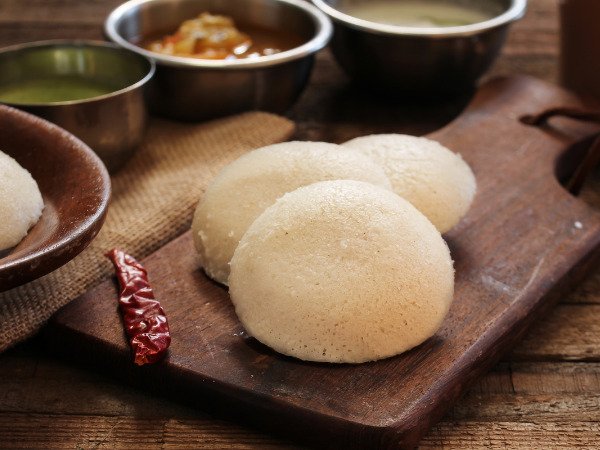
4. Idli sambar, Tamil nadu
Idli Sambar is the globally most famous dish in India. Whenever someone thinks about cuisines from southern India, one of the most famous dishes that comes into mind is idli sambar.
You don’t need to prepare side dishes from vegetables because sambar is an entire meal. The sour, spicy, and calming flavors of sambar are a popular food across the country. Idly is a savory rice cake. Well, the world celebrates March 30 as world Idly day.

5. Litti Chokha, Bihar
Bihar’s traditional food, litti-chokha, was a staple dish in the court of Magadha centuries ago. It is a special meal that originates from the state of Bihar and is now well-known in India and throughout the world. Both Litti and Chokha, as well as the rustic style of cooking, are exquisite.
During those days, when soldiers went to war, they carried Litti-Chokha, which remained fresh for up to three days. Litti has historically been a ubiquitous and practical lunch for the citizens of Bihar, Jharkhand, and Eastern Uttar Pradesh. It is a wheat-based dish rolled into a ball, stuffed with sattu, herbs, and spices, and then cooked over a goitha(Hebachi Grill).
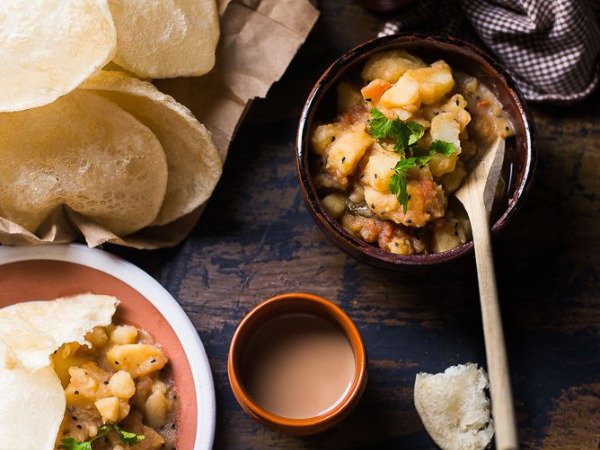
6. Luchi alur dom, West Bengal
Bengal is the land of people who love food more than anything. Oily and spicy foods are a mandatory part of Bengal cuisine. Luchi & Alur Dom is a favorite Sunday breakfast dish in Bengali homes, consisting of deep-fried poori bread typically served with a mildly spiced and sweet potato curry cooked with onions, tomatoes, and spices.
Although traditionally a Bengali cuisine, it is now widely available in most other Indian states and has gained enormous popularity across the country.
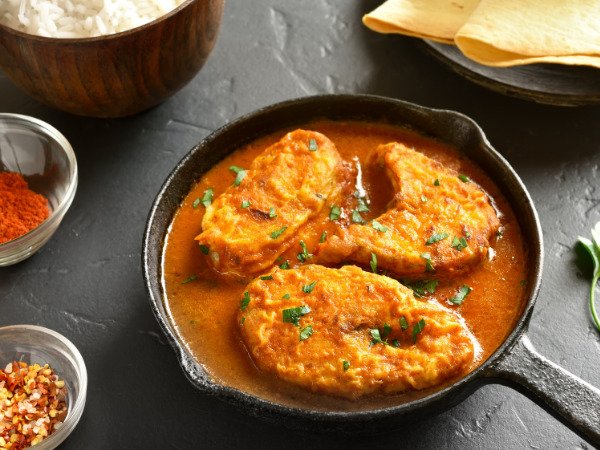
7. Goan fish curry
Goa is one of India’s most famous tourist spots for its sea beaches. Goan cuisine is known for its hearty, fiery, and flavorful curries. One such dish is the Goan fish curry, a specialty from the area that is distinctive in its preparation and flavor.
The coconut is a staple component in almost every South Indian curry. The Goan curry usually is a caramelized blend of spicy, sweet, and acidic flavors with the coconut milk’s creamy consistency. This dish is beautifully colored orange and yellow-pink, thanks to Kashmiri chilies, without becoming intolerably spicy.
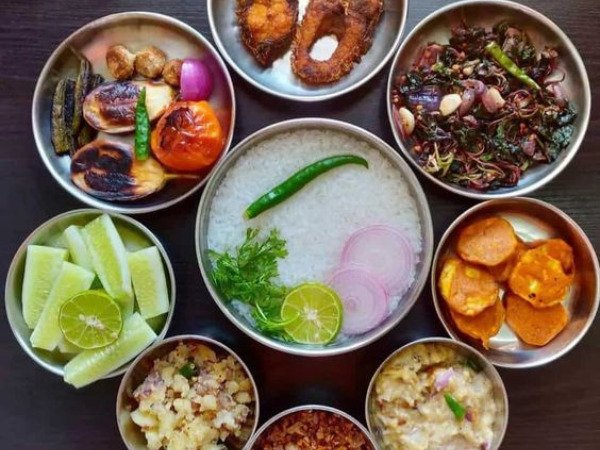
8. Pakhala, Odisha
The Odia delicacy, pakhala, is made of cooked rice that has either been mildly fermented or water-washed. In Odia, the liquid portion of this dish is “Torani.” The word “Pakhala,” which means “washed/to wash,” is derived from the Sanskrit word “Prakshalana” and the Pali word “Pakhalita,” both of which mean “washed.” Since Odisha is highly humid during the summer season, for locals, this fermented rice-water Pakhala gave them a massive respite during the summer season.
Odia cuisine tends to be less greasy and spicy while consistently providing our taste senses with enticing and delectable foods.

9. Puttu and Kadala curry, Kerala
The kadala curry is a spicy gravy-based curry recipe made with black chickpeas and coconut served with puttu. Malayalis eat puttu exclusively. But we still need to say we were the first to succeed. Puttu, according to historians, originated in Tamil Nadu. Additionally, Tamil Nadu, Pondicherry, and Sri Lanka produce puttu.
Puttu with kadala dish is Kerala’s healthiest breakfast by nutritionists. It is steamed, which preserves nutrients and makes it a fantastic energy source. They view the pairing of carbohydrates and proteins as a terrific alliance.
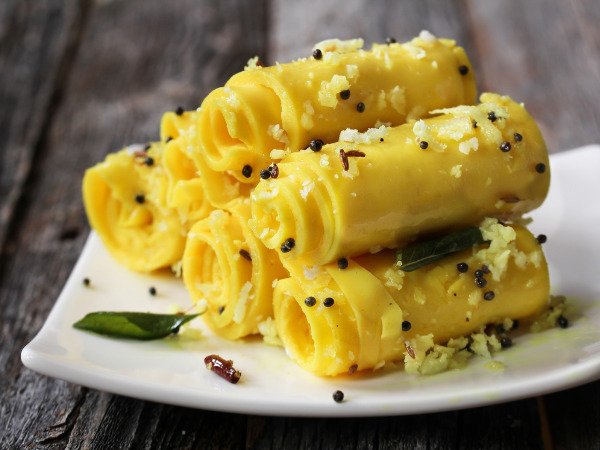
10. Khandvi, Gujarat
Khandvi is a well-known salty snack in Gujarati food made from gram flour, yoghurt, and an aromatic seasoning of sesame seeds, mustard seeds, curry leaves, and green chilies. After combining them all, you can roll them into bite-sized pieces. It’s a well-known salty snack in Gujarat. Patuli, Dahivadi, and Suralichi Vadi are additional names for Khandvi.
Final Thoughts
One of the most famous images of India in front of the world is about its unity in diversity, and the diversity in our food habits proves that to be true. People from other states taste each other’s cuisines during any visit or festival, which sharpens food’s role in bringing harmony to Indian society.
Subscribe to new post
The One Liner
Useful Links
Order Related Queries
Useful Links
Order Related Queries
